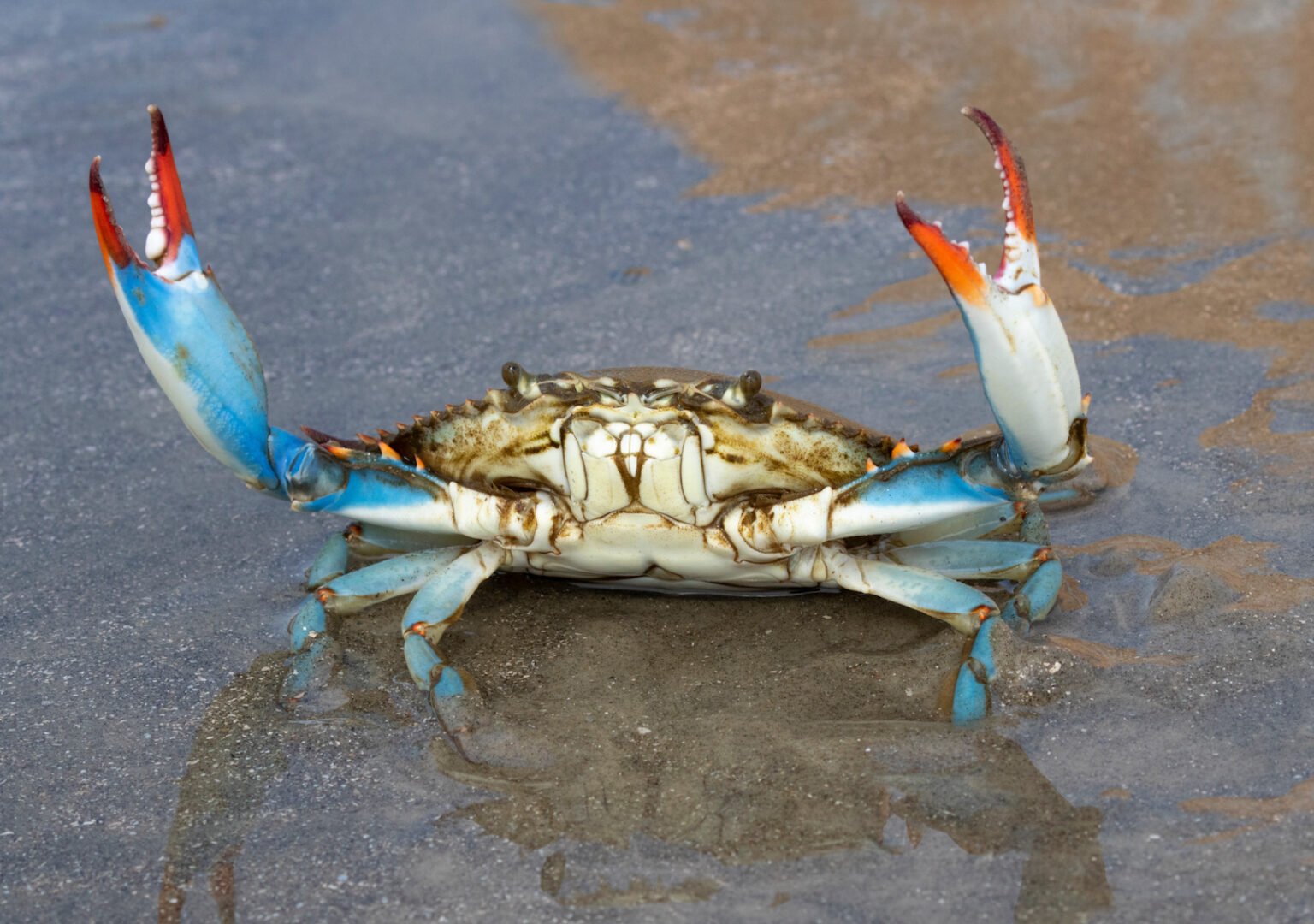
Drawing a blue crab can be a fun and creative activity for people of all ages. With its vibrant blue shell and distinctive claws, the blue crab is a recognizable and beloved crustacean. In this step-by-step guide, we will walk you through the process of drawing a blue crab.
The blue crab is a species of crab that is native to the Gulf of Mexico and the southeastern United States. It is known for its bright blue shell, which can range in color from a light sky blue to a deep navy blue. The blue crab is also known for its long, slender claws, which it uses to capture prey and defend itself.
Materials Needed
Before we begin, make sure you have the following materials:
- Paper
- Pencil
- Eraser
- Markers or colored pencils (optional)

Step 1: Draw the Body
The first step in drawing a blue crab is to draw the body. The body of a blue crab is oval-shaped and has a distinctive curve to it. Start by drawing a large oval shape for the body, making sure to leave enough room at the top for the head and claws.

Step 2: Add the Head
Next, add the head to your blue crab. The head is located at the top of the body and is shaped like a triangle. Draw a small triangle shape for the head, making sure to leave enough room for the eyes and antennae.

Step 3: Draw the Eyes and Antennae
Now it's time to add the eyes and antennae to your blue crab. The eyes are located on either side of the head and are shaped like small circles. Draw two small circles for the eyes, making sure to leave enough room between them for the antennae.
The antennae are long, thin appendages that extend from the head of the crab. Draw two long, thin lines for the antennae, making sure to curve them slightly at the tips.

Step 4: Add the Claws
The claws of a blue crab are one of its most distinctive features. The claws are long and slender, with a distinctive curve to them. Draw two long, slender lines for the claws, making sure to curve them slightly at the tips.

Step 5: Add the Legs
The legs of a blue crab are located on either side of the body and are shaped like small triangles. Draw four small triangles for the legs, making sure to space them evenly apart.

Step 6: Color Your Blue Crab (Optional)
If you want to add some color to your blue crab, now is the time to do it. Use markers or colored pencils to color in your crab, making sure to use a range of blues to create a realistic effect.

Tips and Variations
Here are a few tips and variations to help you improve your blue crab drawing:
- Use reference images to get a better sense of the shape and proportions of a blue crab.
- Experiment with different shades of blue to create a more realistic effect.
- Add some texture to your crab's shell to give it a more realistic look.
- Try drawing your crab in different poses or positions to add some variety to your drawing.




What is the average size of a blue crab?
+The average size of a blue crab is about 4-6 inches (10-15 cm) across the shell.
What do blue crabs eat?
+Blue crabs are omnivores and eat a variety of foods including clams, mussels, and small fish.
How do blue crabs protect themselves from predators?
+Blue crabs have a hard shell that protects them from predators, and they also use their claws to defend themselves.











![How To Draw A Crab Step by Step- [12 Easy Phase]](https://easydrawings.net/wp-content/uploads/2020/05/Overview-realistic-crab-drawing-steps.jpg)